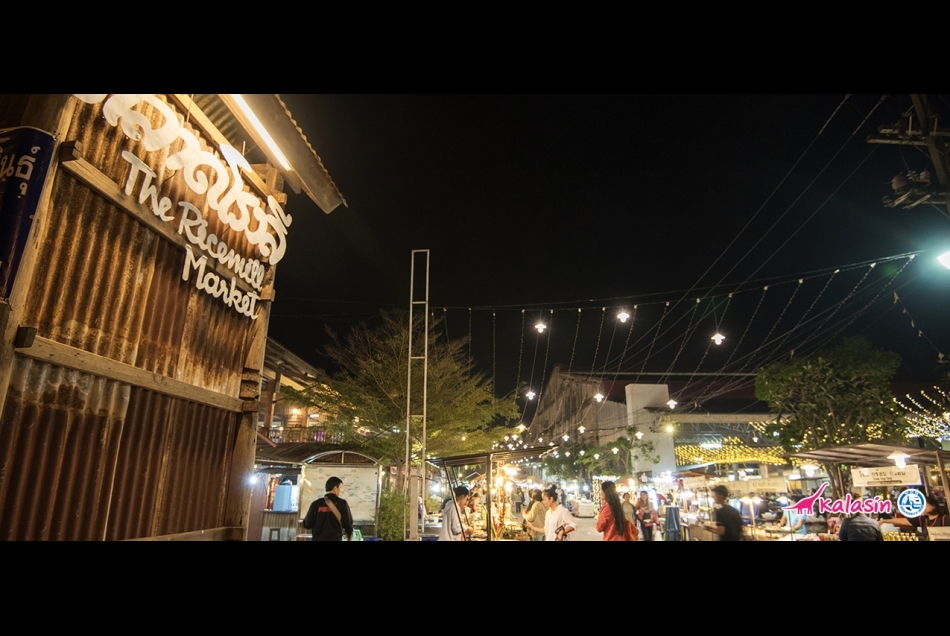
Kalasin is another province in the Northeast of Thailand with important historical backgrounds and ancient civilization. Apart from its natural attractions, the best and biggest fossil research center and dinosaur museum of South East Asia is also located here.
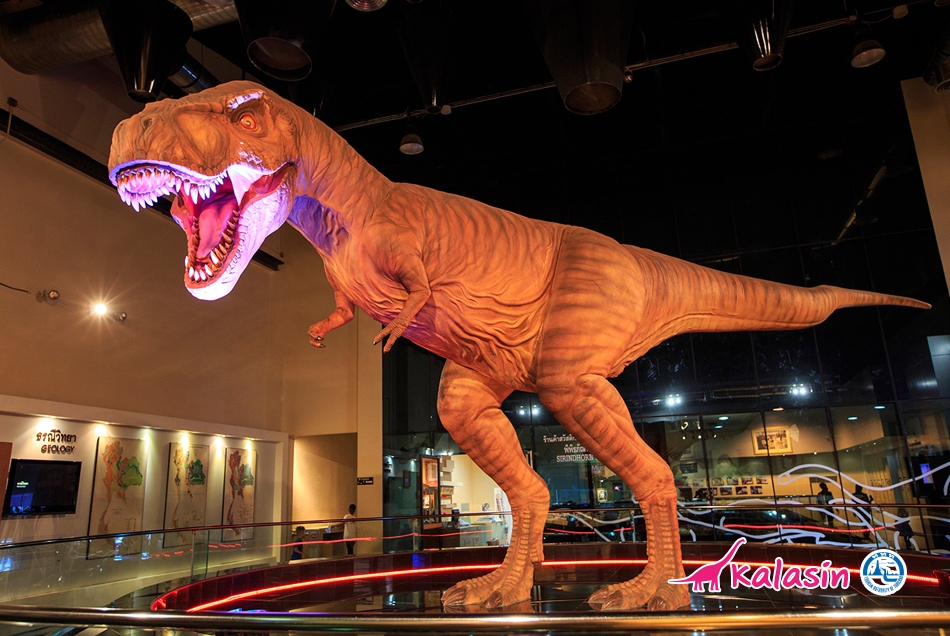
More than 700 fossilised pieces of bones were found in this excavation site, and they were assumed to belong to at least seven dinosaurs. Inside the building, Visitors can also visit the excavation site where the first fossils were excavated. The most complete dinosaur fossils belonged to Phuwiangosaurus sirindhornae, discovered in situ in a lying condition, its spine erected, with ribs on both sides of the body, hip bones in the original position, tail bones arranged in a circle towards the middle of its back until the end of the tail. However, the hind leg, right front leg, neck, and head were scattered.
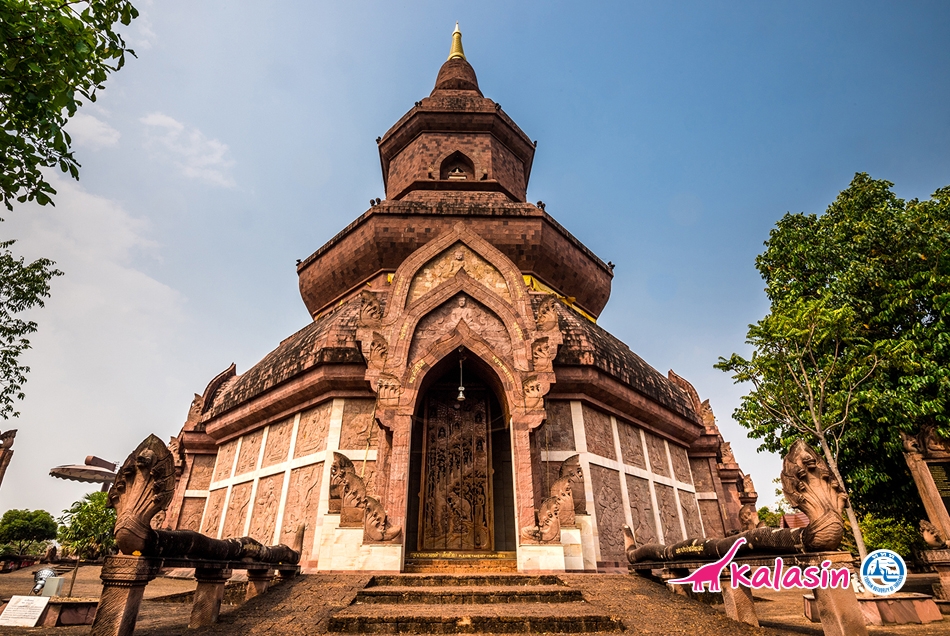
It houses a rock relief of an ancient reclining Buddha image leaning on his left side, which is about 2 metres long and 25 centimetres wide. The Buddha image is highly revered by the local people. Also, the temple has an open wooden Ubosot, of which the windows, doors and ceilings are beautifully carved in 3 dimensions depicting the life of the Lord Buddha and Jataka stories. There is also Wihan Sangkhanimit which houses rare Buddha images and amulets.
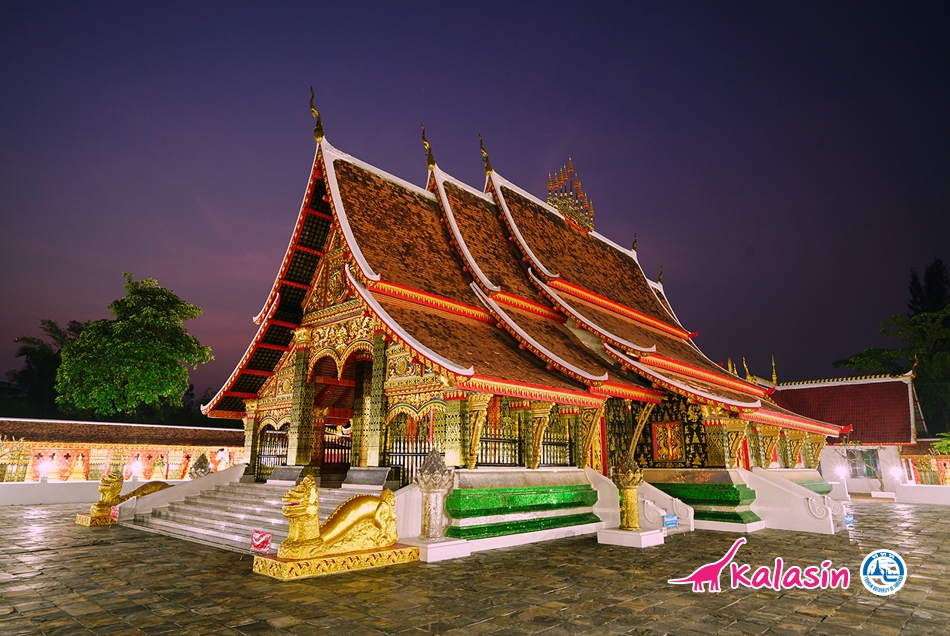
This temple is filled with Lan Xang art architecture. The outstanding architecture of Wat Wang Kham is the ‘Sim Thai Mueang Wang’, which is an ordination hall in the beautiful Lan Xang art style There is also a large golden stupa in the middle of the temple compound similar to Pha That Luang in Vientiane, Lao People's Democratic Republic. In the sermon hall is housed the principal Buddha image ‘Luangpu Wang Kham’ in the Lan Xang art style and a wooden ‘Thammat’ or seat that a monk sits while giving a sermon.
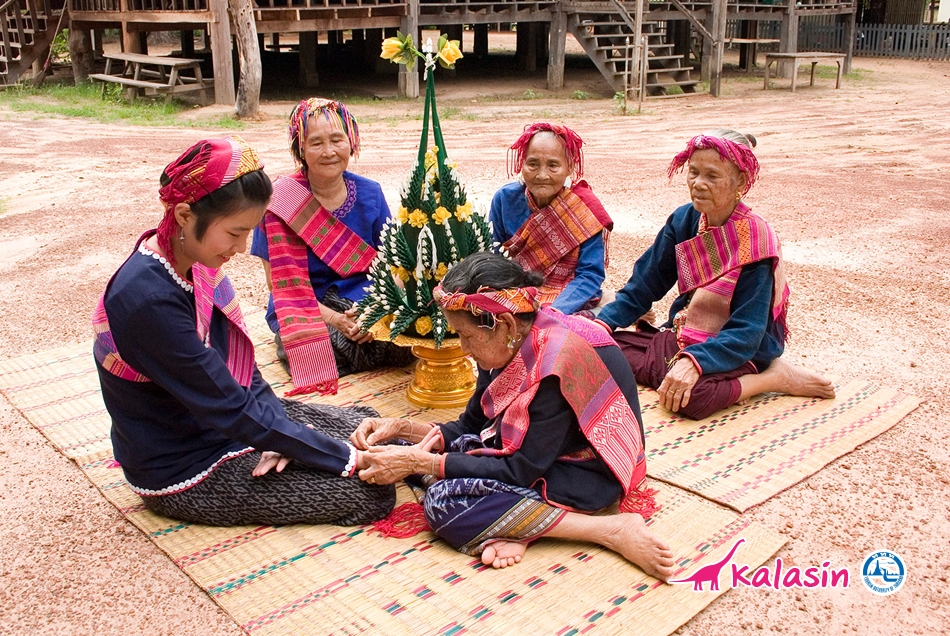
located in Tambon Kut Wa, is a small village situated at the hillside and inhabited by a large number of Phu Thai ethnic group. It was selected to be a pioneering village for cultural tourism. Visitors can experience homestay and cultural activities such as ‘Baisi Su Khwan’ – a spirit warming ceremony - or ‘Yao’ – a healing ceremony for patients, as well as ‘Pha Laeng’ – a local style dinner, cultural performances and trekking to learn of local plants and herbs.
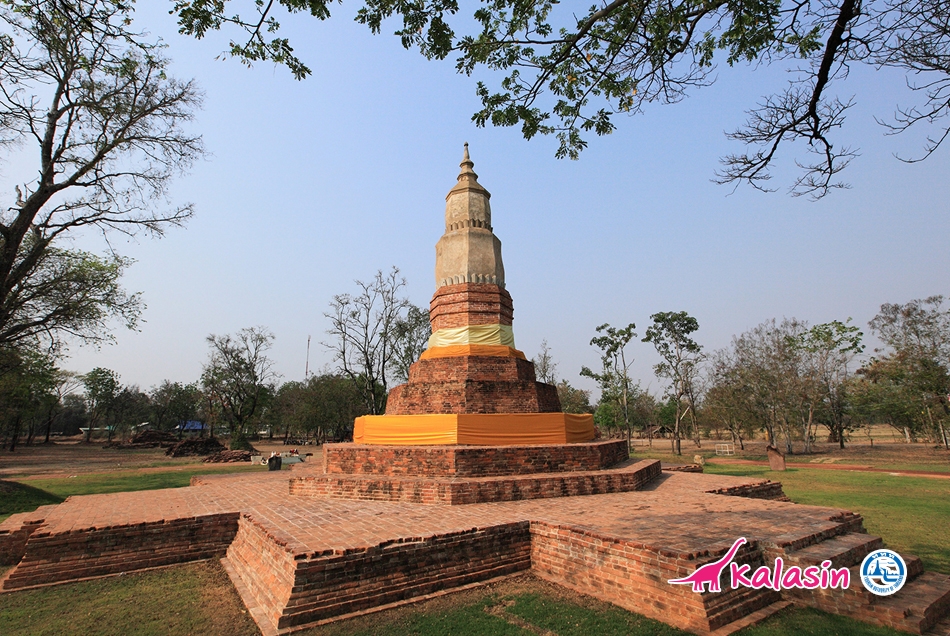
It is an octagonal-shaped chedi, made of bricks. Evidence shows that it was constructed for three periods. The pedestal was in a redented square shape, with staircases at the four directions and decorated with stucco built during the Dvaravati period. The upper pedestal was in an octagonal shape, built on top of the original one and supporting an old chedi of the Ayutthaya period. The body and the top were created in the Rattanakosin period. Around the Phrathat, there are boundary stones with bas-reliefs depicting the life of the Lord Buddha. For this Phrathat, local people believe that it stores the bones of a respected senior monk.